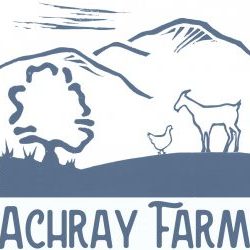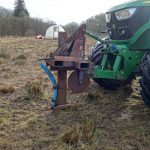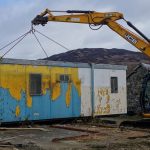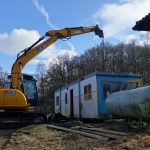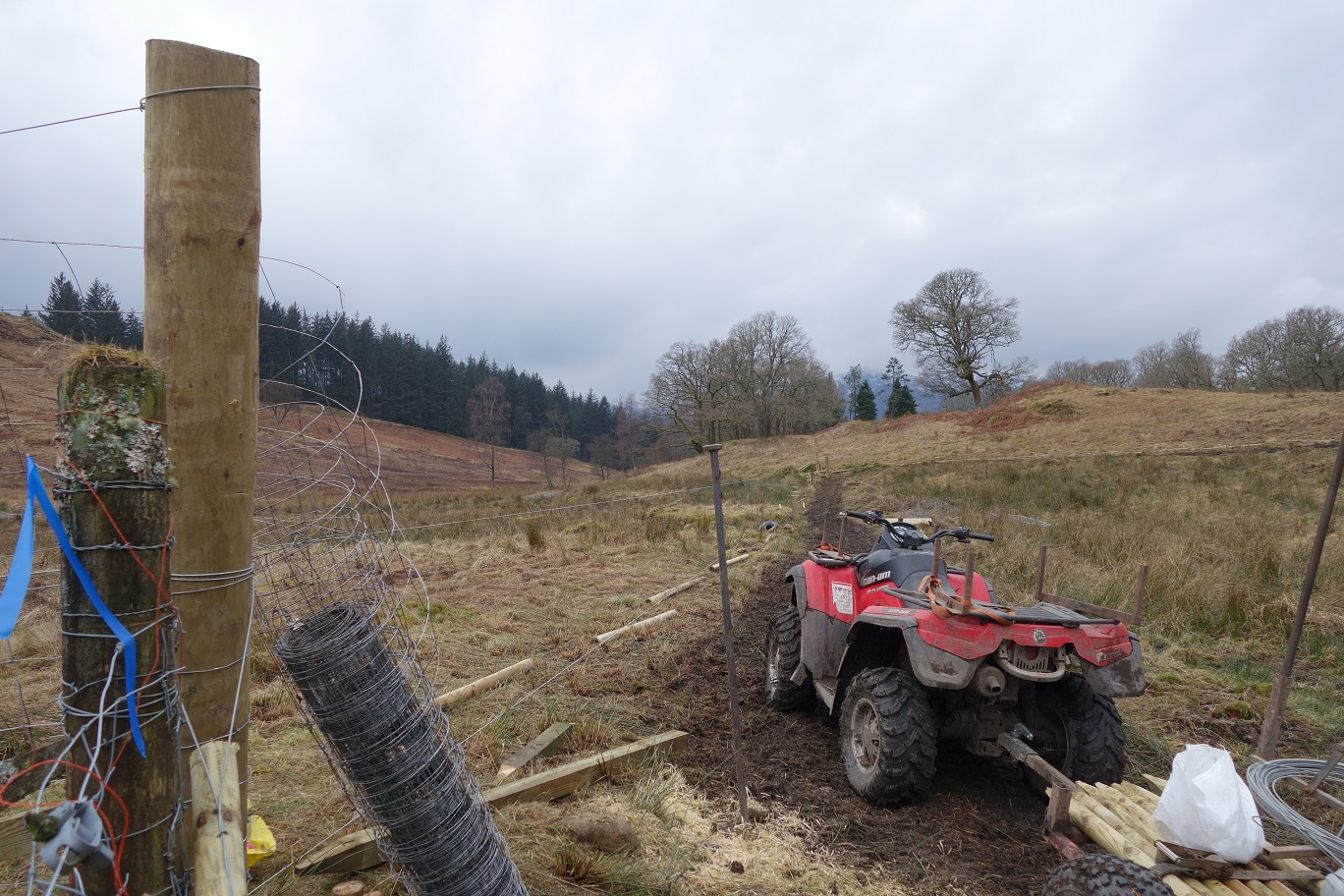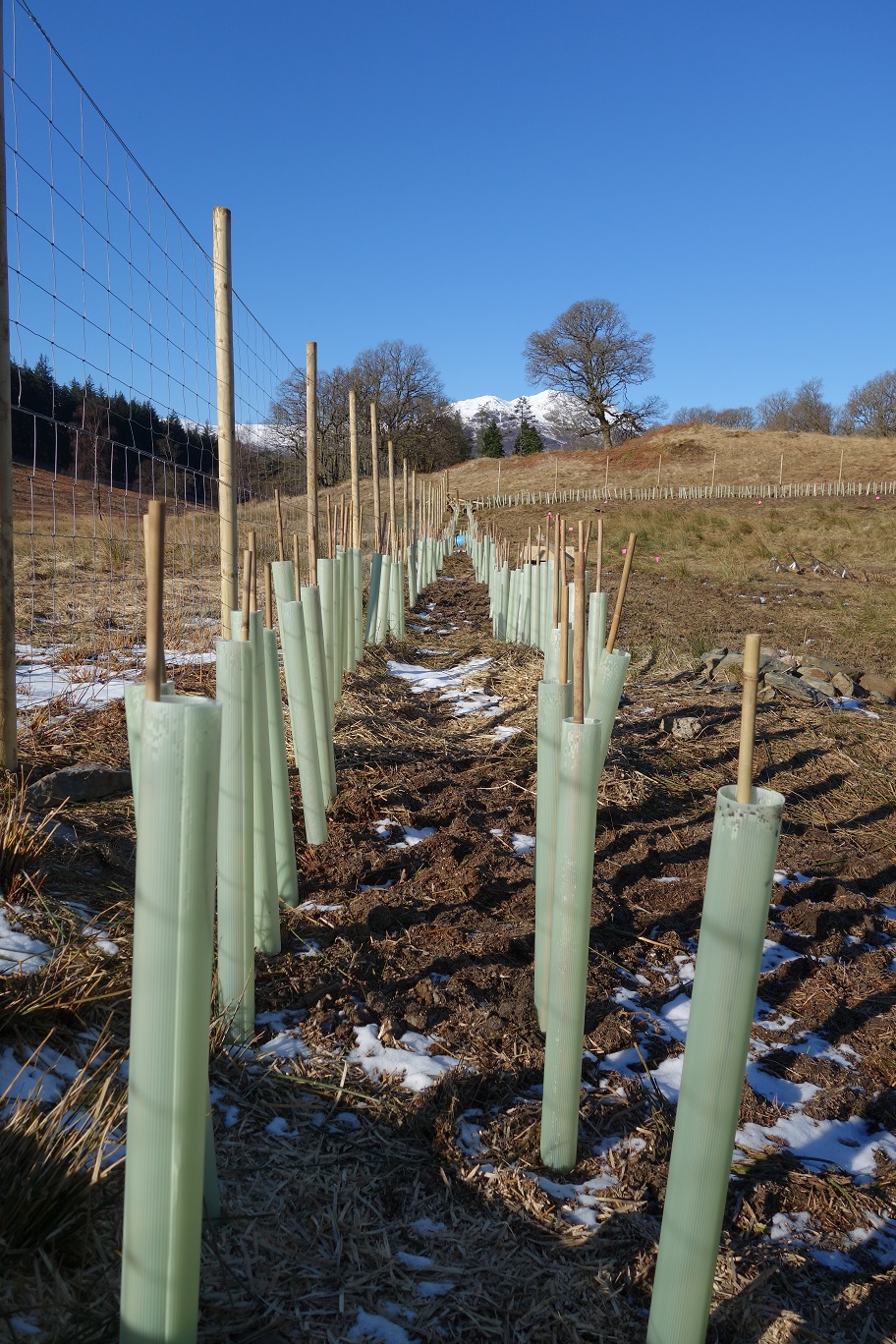This winter we have been working through our online Making Small Farms Work course run by Richard Perkins at Ridgedale in Sweeden. One of the critical tasks that came out of our early design work was to assess the farm according to Scales of Permanence.
PA Yeomans‘ work both helps us to understand what can be changed and what can be done. The Scale shows that at the top overall climate cannot be adapted, but at the other end soil is highly adaptable to change over a short time period. This is great news for the damaged and disadvantaged land that we now curate.
Knowing that soil health can be changed then leads to how? Again Yeomans work in Keyline design provided the backbone for our development. Although founded in more arid areas, the principles of spreading water across the land applied to our wetter environment well. Following topographic surveys and landform pattern identification we set-out a series of “keylines” to be subsoiled. Heavy and intensive machinery usage is not part of our regenerative plan, but as a one-off catalyst is a good investment. The Tayforth Machinery Ring provided the tractor, driver, subsoiler and we took the opportunity to follow-up with a power harrow to define the tree lanes for the silvopasture planting pattern to follow.
Coincidentally it was the same day that the Machinery Ring also supplied the heavy lifter to allow us to relocate the portacabin. Previously a bakery and latterly a store the building is a great size for some of our future plans and so reusing the block by recycling the location was ideal. A stable block, aptly blocking the way was removed prior to the JCB arrival and despite being at the very edge of lifting capacity the modular building (which may or may not be a Portakabin, but sure looks like one to the layperson) was lifted and dragged nestling into it’s new home creating new space and light.
Now we are another couple of steps closer to our vision and future blogs will introduce the planting patterns and development of energy sources on the farm…
Edit 8/June/2018 – clarification that our “portacabin” referred to in the original text is a modular building, courtesy of the Intellectual Property Manager at Portakabin®.

